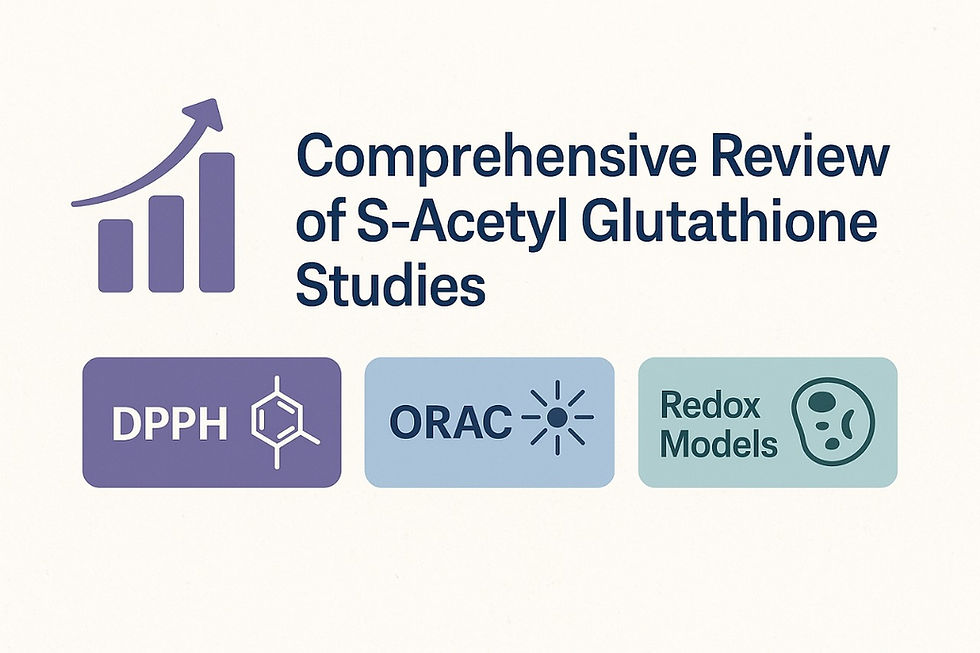

Achieve Fuller Lashes: Your Guide to Lash Growth Serums
Achieve the lashes of your dreams with lash growth serum. Learn about ingredients and habits that promote optimal lash growth.


How to Overcome the Challenges of Entrepreneurship
Explore the challenges of entrepreneurship and learn how to navigate psychological and financial pressures for sustainable success.


Essential Wellness Tips for Senior Health
Learn how to prioritize senior health for a vibrant and fulfilling life. Discover vital insights for healthy aging today.


Understanding Acetylated Glutathione and Its Benefits
Learn how Acetylated Glutathione supports antioxidant assays and enhances molecular stability for better research outcomes.


Do You Need a Dopamine Detox?
Explore the concept of dopamine detox and learn how it can help reset your overstimulated reward system.


The Future of Care: Holistic and Modern Family Medicine
Understand the principles of modern family medicine and its collaboration with holistic wellness for better patient outcomes.


Relieve Workday Stress with Targeted Massage Therapy
Targeted massage therapy relieves work stress, restores balance, and boosts wellbeing — a natural way to feel calm, focused, and renewed.


How to Overcome Financial Anxiety and Find Peace
Explore financial anxiety and its effects on emotional well-being. Discover ways to stop worrying about money today.


11 Ritual Couples Therapy: Build Stronger Bonds
Explore 11 ritual couples therapy to deepen empathy and restore trust through simple, healing routines and personal rituals.






